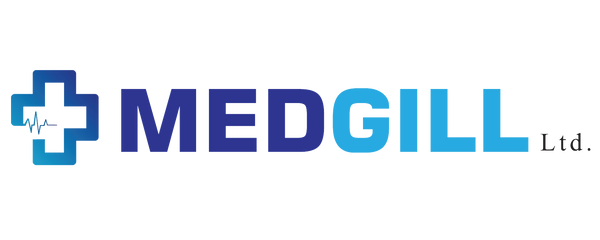SLE5000 Infant Ventilator
SLE5000 Infant Ventilator
The Unit includes the following:
- Air Hose
- O2 Hoses
The ventilator is designed for use on patients up to 20kg, in conventional ventilation. In high frequency oscillation ventilation up to 20kg, dependent on lung condition. (SLE5000 only).
The touch screen is working fine with function menus and parameters settings accessible.
Exhalation valve was included.
Constant alarm was on with "Leaking Fresh Gas" displayed
When using the ventilator with Nitric Oxide therapy devices, two N4110 filters are required to scavenge all the waste Nitric Oxide. See "Nitric Oxide Therapy" on.
Basic configurations are available:
- Neonatal
- Pediatric
- Infant
New Features & Unique Interface:
- The latest version of the SLE5000 has a number of new features.
- Service hour counter on rear panel.
- New fresh gas port connector.
- Blue power LED on front of case.
- Lip on rear chassis to deflect dripping liquids.
- New (internal) anti-occlusion valve.
- Updated labelling on front and rear.
- Full touch operation.
- Logical layout of the different sections.
- Minimal number of sub-menus.
- Easy-to-read characters.
- Colour-coding of controls.
Ventilation Modes:
CPAP: (Continuous Positive Airway Pressure)
The ventilator generates a continuous positive airway pressure at a level set by the User. The apnea alarm will sound if the patient has not made any breath attempts within the Stepanova period.
CMV: (Continuous Mandatory Ventilation)
In this mode the inspiratory cycle is initiated by the ventilator at a set BPM rate. The breaths can be either time limited and pressure cycled or flow cycled and pressure limited.
PTV: (Patient Triggered Ventilation)
In this mode all the patient's breath attempts are pressure supported. Mechanical breaths are delivered at the set parameters (Ti, PEEP and PIP) if no patient effort is recognized. This mode can be used with or without a flow sensor.
PSV: (Pressure Supported Ventilation)
This is a pressure limited mode of ventilation in which each breath is patient triggered and upported. The breath is patient triggered, pressure supported and patient terminated. The infant therefore has control of the whole cycle, i.e. the inspiratory time, frequency and minute volume. This form of ventilation is dependent on the use of a flow sensor placed between the ET tube connector and the patient circuit. Changes in flow or volume signal detects spontaneous breathing.
SIMV: (Synchronized Intermittent Mandatory Ventilation)
The frequency of mandatory breaths is determined by the BPM control. When a mandatory breath is due an assist window opens and waits for a patient's inspiratory effort. When this occurs the ventilator delivers a synchronized breath (SIMV breaths). Once the breath has been delivered the assist window closes until the next set breath is due.
SIMV with PSV
SIMV with PSV allows the user to select the termination sensitivity and pressure support level on non SIMV breaths. Once a mechanical breath is delivered to the patient, the flow to the infant rapidly peaks and then decelerates to the termination threshold, inspiration end sand expiration can begin. The following parameters must be selected: PEEP, PIP, Ti, Breath detection level, Termination sensitivity level, Backup BPM, Apnea delay time,
TTV: (Targeted Tidal Volume)
The aim of TTV is to prevent over distension of the alveoli and thereby limit Vol trauma. By targeting a selected tidal volume, and achieving and maintaining the tidal volume with pressure ventilation, also limits barotrauma. Targeted tidal volume can be applied to all modes of pressure cycled ventilation, provided that a flow sensor is in situ.
TTV cannot be applied in HFO or HFO+CMV.
HFO: (SLE5000 only)
High Frequency Oscillation In this mode, the ventilator shall deliver continuous high frequency oscillation. There is no patient interaction.
Our team of product experts ensures that each system is in excellent condition and functioning properlyContact us today to learn more and get a personalized estimate for your needs.
Don't hesitate to ask any questions - we are here to help you make the most informed decision for your medical practice.
Share



















